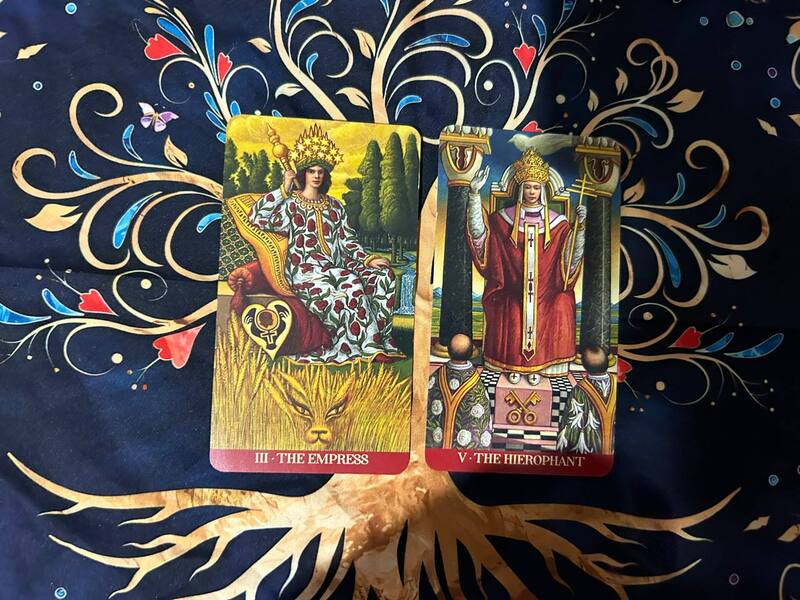
Robert Draws – Cultivating religious balance is crucial in a world that is increasingly diverse, where people of different faiths and cultures live together. One powerful way to promote this balance is through the medium of art. Art has always been a significant tool for expressing deep societal values and emotions. In this context, the “Painting Competition on Religious Moderation,” organized by the Balai Litbang Agama Semarang, provides a remarkable example of how art can play a pivotal role in fostering understanding and tolerance among different religious communities. By using the canvas to express themes of tolerance, unity, and respect for diversity, artists can communicate important messages of peace and coexistence. This competition, which ran from October 10 to November 15, 2024, allowed participants to creatively explore the theme of religious moderation, celebrating its significance and ensuring it resonates with a broad audience.
“Read about: Exploring the Impact of Painting on Modern Culture”
The competition focused on how religious moderation can be represented through visual art. It was designed not only to engage students and young artists but also to promote the values of peace, tolerance, and mutual respect among religious communities. Each piece created during the event was an artistic attempt to communicate the importance of religious harmony and the role it plays in maintaining a peaceful society.
For instance, Evangeline Daniele Sofian, a student from SMP Santo Yakobus in Kelapa Gading, won first place in the student category. Her artwork depicted various religious leaders gathered around a campfire, symbolizing unity despite differences. The Garuda Pancasila, Indonesia’s national emblem, appeared in the painting, clutching the motto “Bhinneka Tunggal Ika” (Unity in Diversity). Above them, two hands clasped together, surrounded by doves carrying the Indonesian flag, conveying a message of peace and religious harmony.
Such powerful depictions not only express personal beliefs but also encourage others to embrace tolerance, a key principle in maintaining religious moderation. Evangeline’s work, like others in the competition, highlights how art can transcend religious and cultural boundaries and serve as a tool for educating and uniting people.
The competition featured various themes, each carrying its own message of unity and social relevance. For example, Najwa Lailatun Nisa, another student winner, created a piece on “Anti-Violence,” which is especially important in today’s world. Art that promotes anti-violence encourages individuals to understand the devastating effects of intolerance and hate. By advocating for peace, such works of art help to shape a more harmonious and just society.
Similarly, themes like “Commitment to the Nation,” “Anti-Violence,” and “Local Culture/Traditions” were explored by both students and adults. Fajar Moehammad and Wilasito, winners in the adult category, focused on the theme of “Anti-Violence,” reinforcing the idea that religious moderation is not just about tolerance but also about advocating for peaceful coexistence. By tackling such relevant themes, the competition showcased how art can communicate powerful social messages that influence public perception and inspire positive change.
“Read more: Myth or Fact? Can Art Improve Mental and Spiritual Health?”
Art has always been a reflective mirror of society, and it continues to be a significant force in shaping and influencing social attitudes. By utilizing art in the promotion of religious moderation, these paintings serve not only as aesthetic creations but also as vehicles for spreading a broader cultural understanding. They urge viewers to contemplate the importance of respecting differing beliefs, fostering greater empathy and compassion for others, and embracing religious diversity.
In particular, this competition highlights the role of youth in advocating for change. The younger generation, such as Evangeline, understands the importance of religious moderation and uses their creativity to inspire others to follow suit. This generation is increasingly aware of the need for inclusive dialogue and acceptance, and they demonstrate this in their art, encouraging society to reflect on these values.
In addition to the contest itself, various projects also launched as part of the 10th-anniversary celebrations, further emphasizing the significance of this cultural initiative. These included a visual celebration of unity, the availability of previous episodes with English subtitles, and even a music festival to celebrate these themes. All these efforts aim to reach a wider audience, especially the younger generation, to help build a society that values religious moderation and promotes unity in diversity.
Through competitions like this, people from all backgrounds come together to share their creative interpretations of tolerance and unity, placing art at the center of maintaining a balanced religious environment. Such initiatives promote a society where people view religious diversity not as a challenge but as a strength to celebrate.
The Balai Litbang Agama Semarang’s efforts demonstrate how creativity nurtures religious moderation, reminding us that art serves as more than just self-expression—it acts as a tool for social change, fostering respect, understanding, and peace among all people.